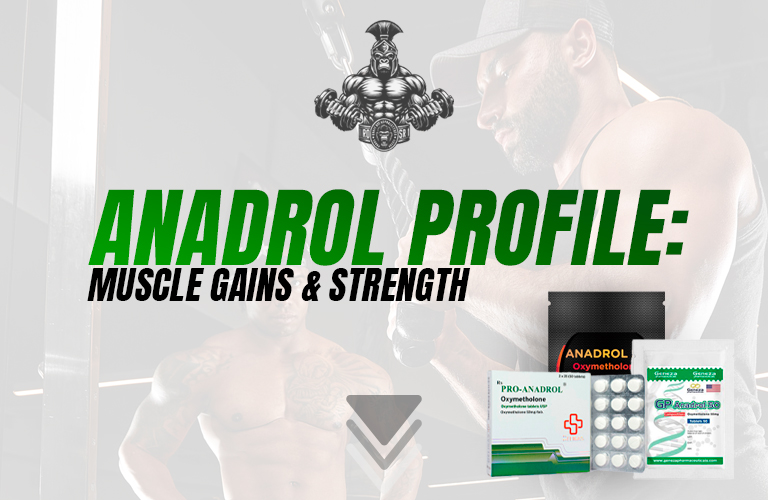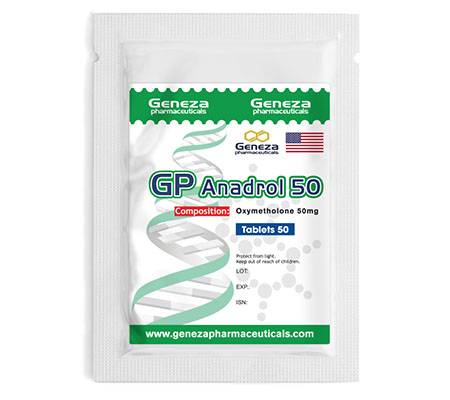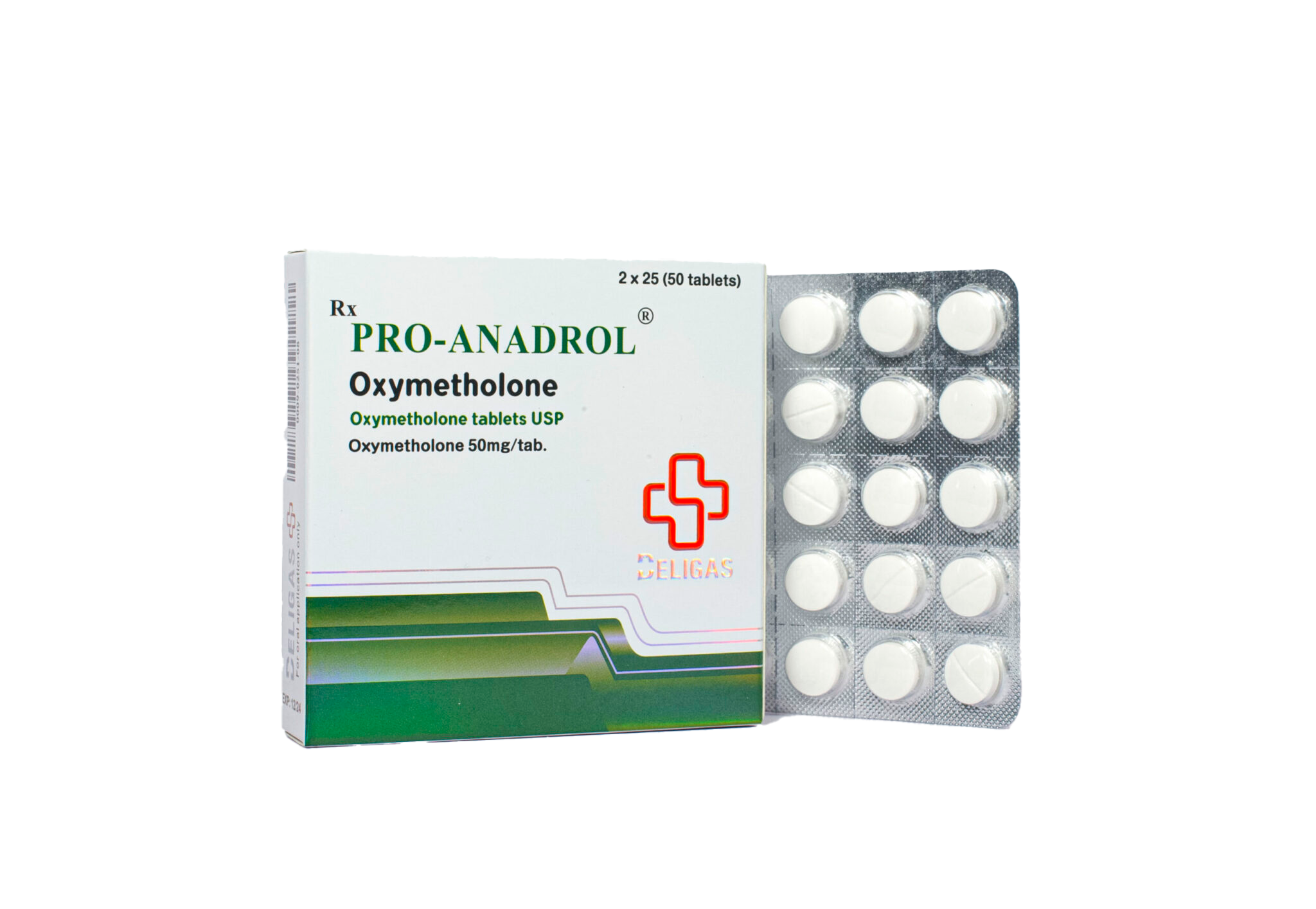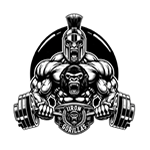
Anadrol, also known as Oxymetholone, is well known in the bodybuilding community as one of the most potent oral anabolic steroids available, renowned for its remarkable ability to facilitate rapid and significant muscle mass and strength gains. This perception often places Anadrol in high regard among serious bodybuilders and strength athletes, especially those looking for dramatic improvements in a short time. However, this potency comes with a reputation for equally significant side effects, including notable water retention, increased risk of liver toxicity, and pronounced effects such as gynecomastia. Due to these potential adverse effects, Anadrol is often approached with caution and respect. Users typically reserve it for bulking phases and view it as a powerful tool for overcoming plateaus in muscle growth. Despite its efficacy in muscle building, the bodybuilding community generally advises against its use by beginners or those less experienced with managing the side effects of strong androgens. Here’s an overview of how it’s used:
Rapid Mass Gain: Anadrol is renowned for its ability to promote rapid gains in muscle mass and strength, making it a favorite for bulking cycles.
Water Retention: One of its characteristics is significant water retention, contributing to the rapid increase in strength, size, and weight.

History of Anadrol (Oxymetholone)
Anadrol was first developed in the late 1950s by Syntex Pharmaceuticals. Initially prescribed in 1959, its early use was aimed at treating medical conditions such as anemia and osteoporosis due to its effectiveness in increasing red blood cell production. The development of Anadrol was primarily motivated by the need for a potent anabolic agent that could that could address these conditions. Despite its efficacy, Anadrol was discontinued shortly after its introduction in 1961 due to concerns about its high lipid toxicity.
However, its powerful anabolic properties quickly gained the attention of the bodybuilding and athletic communities. Anadrol became renowned for its ability to promote significant muscle mass and strength gains, making it a popular choice among competitive athletes and bodybuilders. By the 1970s, it had established itself as a potent performanceenhancing drug. In the 1990s, Anadrol’s medical application saw a resurgence when it was discovered to be effective in treating HIV/AIDS wasting syndrome, bringing it back to the pharmaceutical market. This period marked a new chapter in the drug’s history, as it balanced its role between a therapeutic agent and a performance enhancer.
Anadrol has been regulated, and it has been classified as a controlled substance in many countries, making its nonmedical use generally illicit. Despite being discontinued in the U.S. market, Anadrol retains FDA approval, though its production and distribution have become more regulated.
Anadrol is not commonly available through standard channels in the contemporary pharmaceutical landscape. Its availability is mostly through specialized avenues, such as compounding pharmacies under specific medical circumstances, adhering to the legal frameworks that distinguish between approved drugs and compounded medications.

Here is a list of diseases for which Anadrol has been prescribed:
Treatment of Anemia: Anadrol was initially used to treat various forms of anemia, as it was found to be highly effective in increasing red blood cell production.
Osteoporosis and Muscle Wasting Diseases: Beyond anemia, it was also prescribed for conditions like osteoporosis and muscle wasting diseases due to its strong anabolic properties.
HIV/AIDS Wasting Syndrome: Later on, it found use in treating HIV/AIDS wasting syndrome, helping patients maintain muscle mass and body weight.
Prescription, Bodybuilding and Powerlifting Dosage Guidelines
General Medical Use: The recommended daily dose in children and adults is 1-5 mg/kg of body weight per day. The usual effective dose is 1-2 mg/kg/day, but higher doses may be required, and the dose should be individualized. The response is not often immediate, and a minimum trial of three to six months is usually necessary.
Beginner Users
- Anadrol can be considered a more advanced steroid, so beginners are advised to start with milder steroids first, like Anavar.
- A common starting dose is 50mg per day, which can be split into two to three doses daily.
- 25mg per day can often be enough, especially for first-time users, and will cause fewer side effects.
Intermediate Users
- Intermediate users typically use Anadrol at 50mg to 100mg daily.
- It is often used in a stack with injectable testosterone for bulking, with Anadrol at 50mg weekly for 4-6 weeks and testosterone at 500mg weekly for 12 weeks.
Advanced Users
- Advanced users might use Anadrol as part of a more complex cycle with multiple compounds.
- A common dosage is 50mg daily of Anadrol for the first 6 weeks, alongside testosterone at 500-600mg weekly and possibly Trenbolone at 150mg weekly for 12 weeks.
- Some advanced users take up to 150mg of Anadrol daily, but this requires significant experience and familiarity with managing side effects. In this case, you must use N2Guard as proper liver support along with your Anadrol cycle; it becomes a requirement and not just a recommendation.

Competitive Powerlifters
- Often utilize Anadrol (Oxymetholone) for its potent ability to rapidly increase strength and muscle mass since raw power is paramount.
- Anadrol is commonly used in the lead-up to a competition, with dosages typically ranging from 50mg to 100mg daily, though some may venture higher depending on individual tolerance and experience.
- Cycles are usually short-term, lasting 4-6 weeks, to maximize strength gains while minimizing potential side effects.
- Powerlifters meticulously plan the timing of Anadrol cycles to coincide with the most intense phase of their training and just before competitions for optimal performance.
- It’s also common for powerlifters to stack Anadrol with other anabolic steroids, such as testosterone at 500mg weekly or Trenbolone at 150mg weekly, to further boost muscle endurance and recovery
- Its use is contentious and strictly regulated within professional sports. The practice requires careful consideration of the drug’s powerful effects and diligent management of its dosing and cycle protocol to avoid detection.
Anavar Half-Life Explained
Anavar has a longer half-life compared to many oral anabolic steroids, typically around 9 to 10 hours. This extended half-life allows for a more sustained drug release into the bloodstream, enabling users to maintain relatively stable blood levels with fewer daily doses. Typically, users might split their daily dosage into two administrations to align with Anavar’s half-life. The benefit of a longer half-life, as seen in Anavar, is a reduced dosing frequency, which can enhance compliance and ease of use, especially for those who prefer a less intensive dosing schedule. This aspect of Anavar, along with its relatively mild side effects compared to stronger steroids, contributes to its popularity, particularly among athletes and bodybuilders looking for a balance between efficacy and manageability in their steroid regimen.
Stacking and Combinations:
Cycle Duration: Anadrol cycles are generally short, often lasting only 4 to 6 weeks, due to its potent nature and the risk of liver toxicity with prolonged use.
In a clinical trial focusing on HIV-wasting, oxymetholone was administered to HIV-positive eugonadal men and women.[3] The participants were divided into groups receiving either 50 mg of oxymetholone twice or three times daily, or a placebo, over a period of 16 weeks. PubMed (Ulrich R Hengge et al.,2003) Yes, the study did report liver-associated toxicity as a significant adverse effect. Specifically, a notable percentage of patients in both the oxymetholone (Anadrol) groups showed a significant increase in liver enzymes, indicating potential liver stress or damage.
Most of you reading this will want to keep your Anadrol cycles to less than 6 weeks to avoid any complications.
With Testosterone: Often stacked with testosterone to enhance muscle building effects. The addition of testosterone helps to make up for Anadrol’s suppressive effects on natural testosterone production.
With Other Steroids: Commonly combined with other anabolic steroids like Deca-Durabolin (Nandrolone) or Trenbolone during bulking phases for enhanced anabolic effects.
In Cutting Cycles: Lower Anadrol doses (like 25mg daily) can be beneficial for cutting cycles, specifically in competitive bodybuilding contest cycles, to help fill out the physique. However, you should know that Anadrol is just NOT one of those steroids most would think of when it comes to putting together a cutting cycle. There are many better options for cutting, like Anavar or Winstrol. We have only seen anecdotal evidence of Anadrol used in cutting when a coach recommends it to a competitor for a specific purpose coming up to competition day, but this use case is rare.
Anadrol Half-Life Explained
Anadrol, or Oxymetholone, has a relatively short half-life compared to many other anabolic steroids, with a duration of approximately 8 to 9 hours. This brief half-life necessitates that users often divide their daily dosage into multiple administrations throughout the day to maintain stable blood levels of the steroid. The short half-life also means that Anadrol becomes active in the body rather quickly after ingestion, which contributes to its rapid onset of effects, such as significant strength and mass gains.
Precautions and Side Effects of Anadrol (Oxymetholone)
Liver Health: Anadrol is known for its hepatotoxicity. Regular liver function tests are crucial, especially when used at higher doses or for extended periods.
Water Retention and Blood Pressure: Monitor for significant water retention, which can lead to high blood pressure and other cardiovascular issues.
Estrogenic Effects: Despite not converting to estrogen, Anadrol can still cause estrogen-related side effects, possibly through other mechanisms like action on progesterone receptors.
Hormonal Suppression: Anadrol can suppress natural testosterone production, making post-cycle therapy (PCT) necessary to restore hormonal balance.

Other Side-Effects
Androgenic Effects: Includes acne, accelerated hair loss in those predisposed to male pattern baldness, and body hair growth.
Cardiovascular Risks: Negative impact on cholesterol levels, potentially increasing the risk of arteriosclerosis.
Virilization in Women: Women are at high risk of developing masculine features, which can be irreversible.
Dosage Sensitivity: Side effects can be highly dosedependent, with higher doses increasing the risk.
Individual Variation: There’s considerable individual variation in how users tolerate Anadrol, with some experiencing severe side effects and others taking it well at low doses.
Regulatory Actions and Bans: Anadrol, like other anabolic steroids, is banned by major sports organizations worldwide, including the International Olympic Committee (IOC), the World Anti-Doping Agency (WADA), and various professional sports leagues.
Anadrol is a controlled substance in many countries, including the United States, where it is classified under Schedule III of controlled substances. This classification indicates a recognized medical use but also a potential for abuse and dependence.
The regulation and control of Anadrol and other anabolic steroids were significantly tightened with the passage of the Anabolic Steroid Control Act of 1990 in the United States. This act placed anabolic steroids in the controlled substances category, making non-medical use and possession without a prescription illegal.
“If you’re into powerlifting or you want to get super strong, super fast, anadrol is the steroid for you. On the other hand, if you’re looking for harder gains with less bloating and sides, go with dianabol. Generally, 4 out of 5 guys will choose dianabol for bulking, with 1 standout going for anadrol to really get those hardcore mass gains.”
-Albert Wolfgang
“Bionic SARMs”: Your Ultimate Guide.
Download Now!
This will close in 120 seconds
Underground Oral Steroid Handbook
Download Now!
This will close in 120 seconds
Underground Injectable Steroids Handbook
Download Now!
This will close in 120 seconds
Underground Peptides Handbook
Download Now!
This will close in 120 seconds
Secret to Mail Order Steroids 2024 Handbook
Download Now!
This will close in 120 seconds
Underground Steroid Cycles Handbook
Download Now!
This will close in 120 seconds
Beligas Pharmaceuticals 2024 Underground Guide
Download Now!
This will close in 0 seconds
The Nootropics Underground Handbook
Download Now!
This will close in 120 seconds
EUROPHARMA 2024 Steroid Handbook
Download Now!
This will close in 120 seconds
Para Pharma 2024 Steroid Guide
Download Now!
This will close in 120 seconds
Fitness and Performance Blueprint
Download Now!
This will close in 120 seconds
Geneza Pharmaceuticals Underground Steroid Catalog
Download Now!
This will close in 120 seconds
Lean Body Manual
Download Now!
This will close in 120 seconds
SARMs.co Research Guide
Download Now!
This will close in 120 seconds
Australian Labs Underground Guide 2025
Download Now!
This will close in 120 seconds
SOCIAL MUSCLE eBook
Download Now!
This will close in 120 seconds
SOCIAL MUSCLE FREE EBOOK DOWNLOAD
Secure your copy now — link will be delivered by email.
This will close in 120 seconds
The Wolverine Stack
Secure your copy now — link will be delivered by email.
This will close in 120 seconds
The Wolverine Stack FB
Secure your copy now — link will be delivered by email.
This will close in 120 seconds


